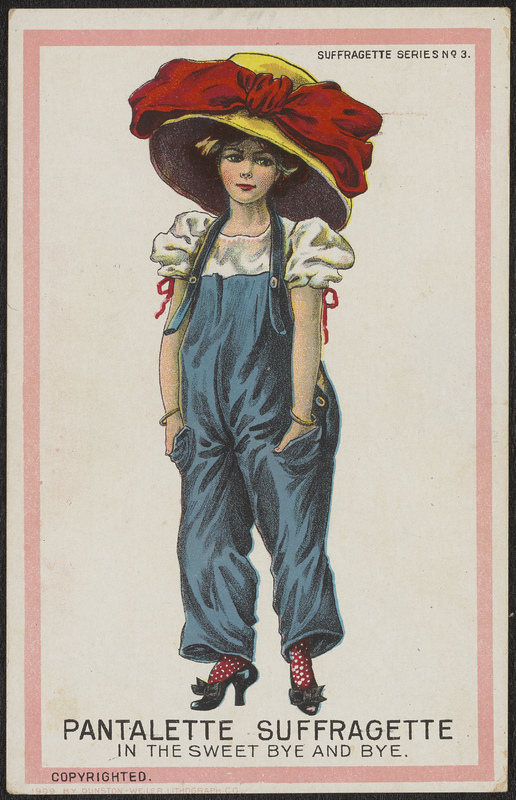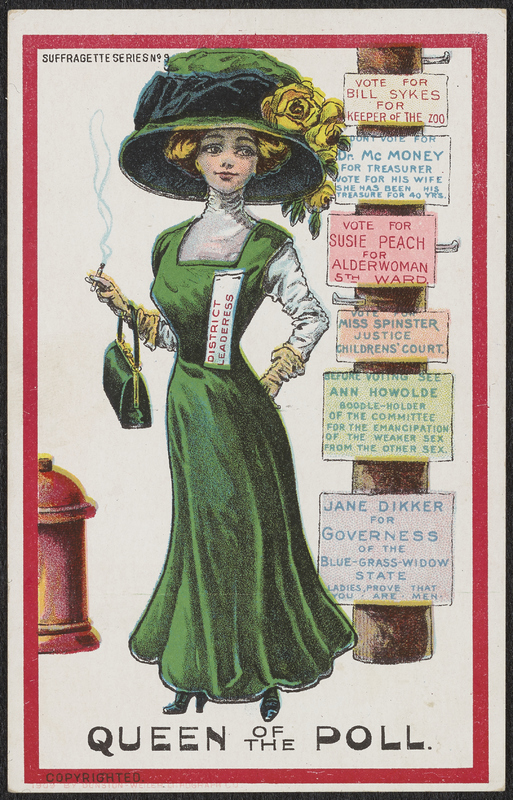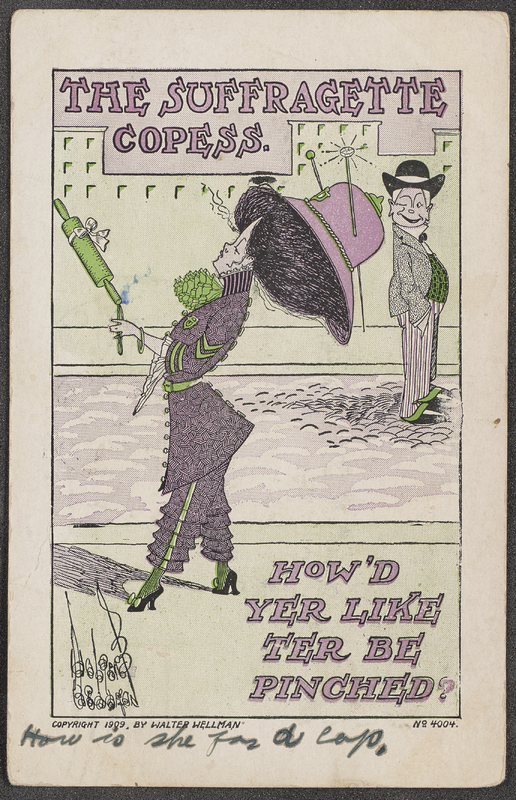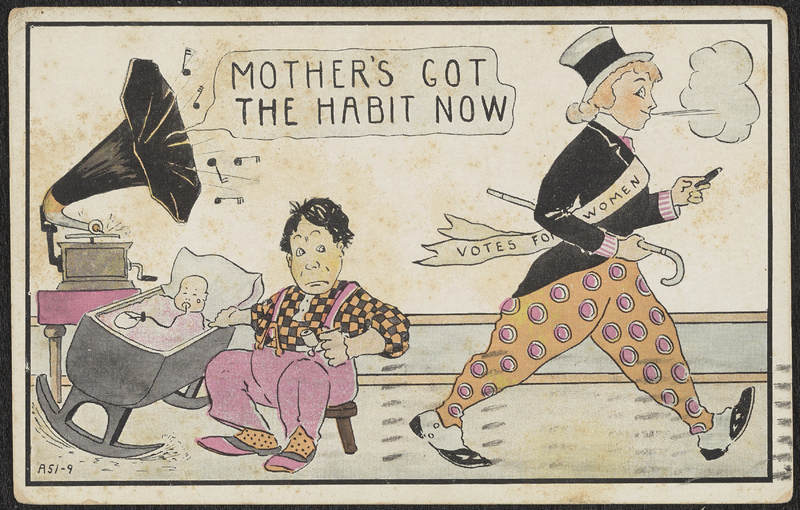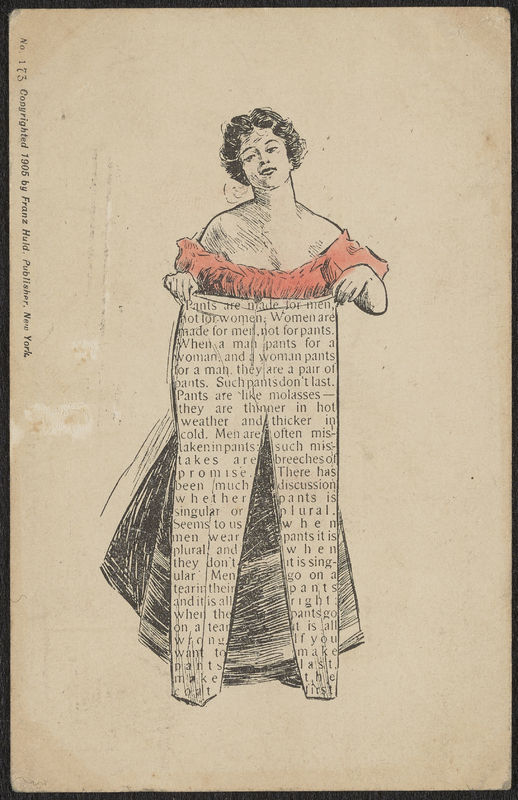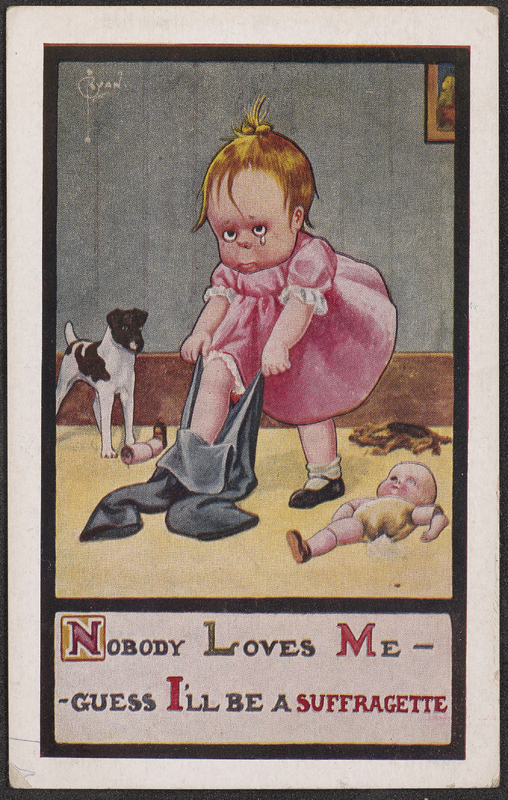The "Masculine" Woman
Today, voting rights are usually considered as an essential part of natural rights bestowed by the Constitution. However, in the 19th century, many people were still questioning the legitimacy of women voting. In order to gain the right to vote, various women's suffrage groups organized a series of campaigns, which eventually became the women’s suffrage movement. Symbols and images were used in effective ways to convince the American public that female enfranchisement would be benefical to America. This page explores how masculine activities and features, such as smoking and wearing pants, were used to illustrate female figures. These images were used by both the suffrage and anti-suffrage movements to promote different perspectives of the "votes for women" campaign.
Katherine Liu & Leo Xie, curators
